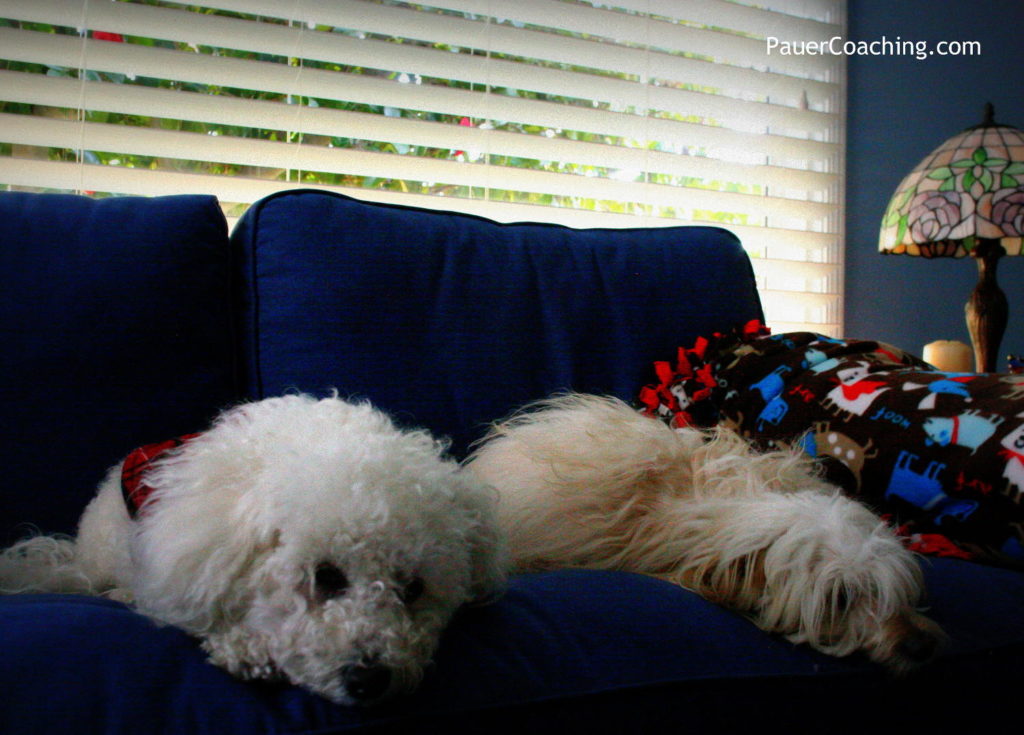Relationships are one of the biggest factors that contribute to happiness. When the relationships in our life are good and strong, they bring us joy, support, and satisfaction. Studies have shown that positive relationships also help us strengthen our immune system, reduce the risks of depression and anxiety, and extend our life.
Yet when relationships are not harmonious, they can be the cause of stress and discord and decrease our happiness significantly. Milan and Kay Yerkovich, who counsel people toward healthy relationships and co-authored “How we love”, have identified 5 patterns that keeps people from creating the happy relationships they want:
1. The Avoider: Coming from an environment that values independence and self-reliance, the Avoider grows up learning to just take care of themselves. The catch? They restrict their feelings and needs so they can deal with the anxiety of having little to no comfort and nurturing. Resentment can build over time since it may seem to them like others always want something from them.
2. The Pleaser: Pleasers usually come from an overly protective or angry critical environment. Pleasers do everything they can to “be good” and avoid troubling others. They are not used to getting comfort: rather, they spend their energy comforting or appeasing others. Pleasers tend to continually monitor the moods of others around them to keep everyone happy. Eventually, they can become resentful and break down or leave the relationship.
3. The Vacillator: Coming from an unpredictable environment, Vacillators’ needs aren’t top priority. Without consistent affection, they develop feelings of abandonment. Vacillators are on a quest to find the consistent love they never received. They idealize new relationships, but then get tired of it once life (and the relationship) gets less than perfect.
4. The Controller: Controllers need control to keep vulnerable, negative feelings from surfacing in their lives. Having control means having protection from the feelings of fear, humiliation and helplessness. Anger is the one emotion that is not vulnerable, so intimidation and anger are often used to keep control. Control may be highly rigid or more sporadic and unpredictable, but Controllers rarely realize the real reason they need to be in charge.
5. The Victim: Victims survive by trying to stay under the radar and be as invisible as possible. They hide, appease and learn to not be fully present in order to lessen the pain from an angry, violent, chaotic environment. Some build whole imaginary worlds in their heads where they can escape. Victims do are often anxious, depressed and just going through the motions.
Do you recognize any of these patterns? It’s common to recognize several – I can see that I have been an “Avoider” and “Pleaser”, just taking care of myself and restricting my needs as well as having a strong desire to make others happy. Of course the person we are in relationship with might have their own pattern, so we may trigger each other and continue going in circles, not understanding why we can’t get what we need in the relationship.
So what to do to get out of this circle? While we can’t change others, we can change our own patterns, which changes our interactions with the other person. Here is a starting point of what you can practice if you find yourself in one of the patterns:
1. The Avoider: Allow yourself to become vulnerable. That means sharing your feelings with the other person. Practice this with someone who is understanding and who you trust.
2. The Pleaser: Focus on your own needs and wants. Ask yourself regularly what your needs and wants are and voice them.
3. The Vacillator: Overcome “all-or-nothing” thinking and assumptions. If something is not going the way you want, don’t immediately jump to conclusions. Ask yourself what other ways are to view this. What are other possibilities?
4. The Controller: Practice forgiveness and compassion, beginning with yourself. Talk to yourself every day with understanding and compassion, especially when you feel like you “made a mistake” or something didn’t go well.
5. The Victim: Speak your truth and set boundaries. Find someone who you trust and feel safe with, where you can speak the truth about what happened, rather than avoid it. Decide what boundaries you want to set in your relationships and enforce them.
What do you want to practice in your relationships this week?
Manuela loves helping mid-level professionals create a career and life they love. You can sign up here for her monthly newsletter with helpful tips and workshop announcements.

